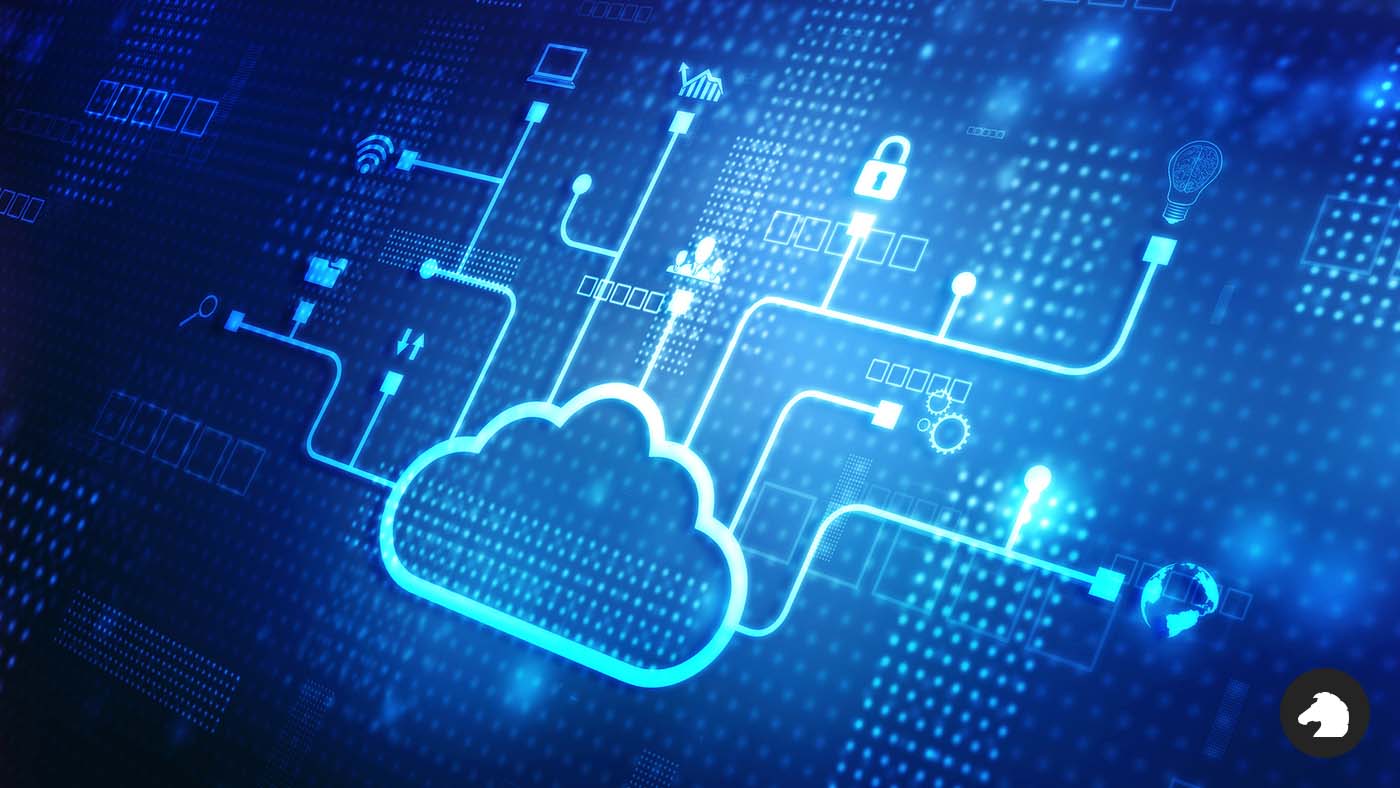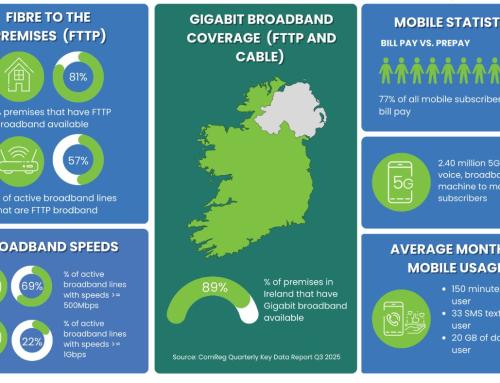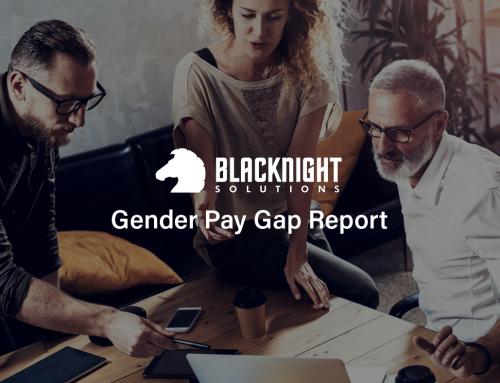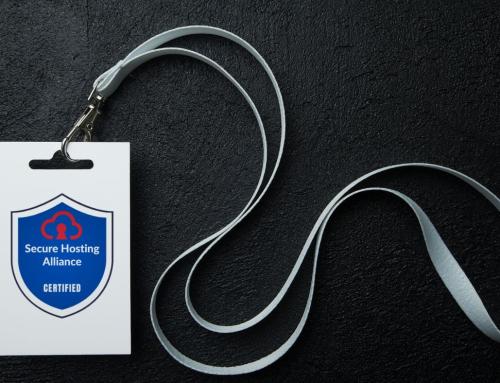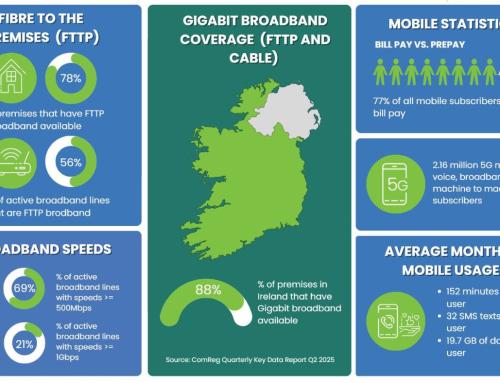Understanding NIS2: What It Means for Your Business in the Digital World
In today’s increasingly digital world, cyber threats have become a major concern for businesses of all sizes. To address these growing challenges, the European Union has introduced the NIS2 Directive—a new set of rules designed to strengthen cybersecurity across the EU. But what does NIS2 mean for your business, and how can you prepare for it? Let’s break it down.
What Is NIS2?
The NIS2 Directive updated the original Network and Information Security (NIS) Directive, which the EU introduced in 2016. The EU introduced NIS as one of the first laws focused on improving cybersecurity across the region.. However, as technology and cyber threats have evolved, the need for stronger regulations became clear. That’s where NIS2 comes in.
The new directive, which was adopted by the European Union in late 2022, aims to enhance cybersecurity resilience across critical sectors like energy, healthcare, financial services, digital infrastructure, and more. NIS2 introduces stricter requirements and expands the list of organisations that must comply.
The ‘Am I in Scope’ tool is an informal tool designed to assist with understanding the NIS2 Directive. The results of this guide are purely indicative and cannot be used as a basis for non-registration.
Key Changes in NIS2
NIS2 builds on the original directive with several important changes:
Broader Scope: More organisations are now covered. While NIS initially focused on operators of essential services, NIS2 includes medium-sized and large enterprises in sectors such as healthcare, digital services, supply chain management, and cloud providers.
Stronger Security Requirements: NIS2 introduces tougher security measures for businesses, including risk management, incident response, and business continuity planning. Organisations must now actively work to prevent, detect, and recover from cyber incidents.
Higher Penalties for Non-Compliance: Businesses that fail to comply with NIS2 can face significant fines. The directive sets clear guidelines on fines for non-compliance, which can reach up to €10 million or 2% of the company’s global annual turnover—whichever is higher.
Better Cooperation Across the EU: One of the goals of NIS2 is to encourage cross-border collaboration. This means that EU countries and organisations will work more closely together, sharing information and responding to threats more effectively.
Mandatory Incident Reporting: Under NIS2, organisations must report significant cybersecurity incidents to relevant authorities within 24 hours of detection. This helps ensure faster response times and reduces the overall impact of cyberattacks.
How Will NIS2 Impact Your Business?
If your business operates in the digital space—whether you’re a cloud provider, software company, e-commerce platform, or IT service provider—NIS2 could have a direct impact on how you handle cybersecurity. Here’s how:
Compliance Obligations: You may now fall under NIS2’s broader scope, which means you’ll need to meet stricter cybersecurity requirements. This could involve implementing more robust security protocols, ensuring regular risk assessments, and having a clear incident response plan.
Investment in Security: As NIS2 requires businesses to take a proactive approach to cybersecurity, you might need to invest in new tools, training, and technologies to protect your systems and data from cyber threats.
Increased Accountability: Top management will be held accountable for cybersecurity decisions under NIS2. This means that your leadership team must stay informed and ensure the business is fully compliant with the new regulations.
Supply Chain Management: NIS2 emphasises the security of the supply chain. If your business works with third-party vendors or partners, you’ll need to ensure they also meet NIS2 security standards to avoid vulnerabilities.
What Should You Do to Prepare?
Assess Your Current Security Posture: Review your existing cybersecurity measures and identify any gaps. This could include risk management practices, data protection policies, or incident response plans.
Get Familiar with NIS2 Requirements: Make sure you understand the specific requirements of NIS2 for your industry. This may vary depending on the nature and size of your business.
Enhance Your Cybersecurity Strategy: Strengthen your organization’s security protocols by adopting best practices such as multi-factor authentication (MFA), encryption, and regular vulnerability testing.
Train Your Team: Educate your employees about the importance of cybersecurity. NIS2 places responsibility on businesses to ensure their staff is aware of potential threats and knows how to respond to cyber incidents.
Work with Trusted Experts: If you’re unsure how to navigate NIS2, consider working with a cybersecurity expert or consulting firm. They can help you understand your obligations and implement the necessary measures to stay compliant.
Conclusion: Stay Ahead with NIS2
NIS2 represents a significant step forward in the EU’s effort to protect businesses and critical services from the growing threat of cyberattacks. While it may seem daunting, being proactive about your cybersecurity measures and understanding the directive’s requirements will help your business stay compliant and resilient in the face of future threats.
By investing in cybersecurity today, you’re not only complying with NIS2 but also ensuring the safety and continuity of your business in the long run.
Blacknight falls within the scope of NIS2 for several reasons. However, we have collaborated with the NCSC and feel that, overall, we are in good shape. While our ISO certification does not exactly map our obligations to those under NIS2, it does go a long way in terms of our overall preparedness and how we as a company approach the security and stability of the services that we offer to our global customer base. We are very aware that some parts of the directive are of particular pertinence in relation to our role as a domain name registrar and provider of authoritative DNS services. With that in mind, we have actively engaged both locally and internationally with legislators, regulators, domain name registries, and other partners in the broader internet infrastructure ecosystem.
